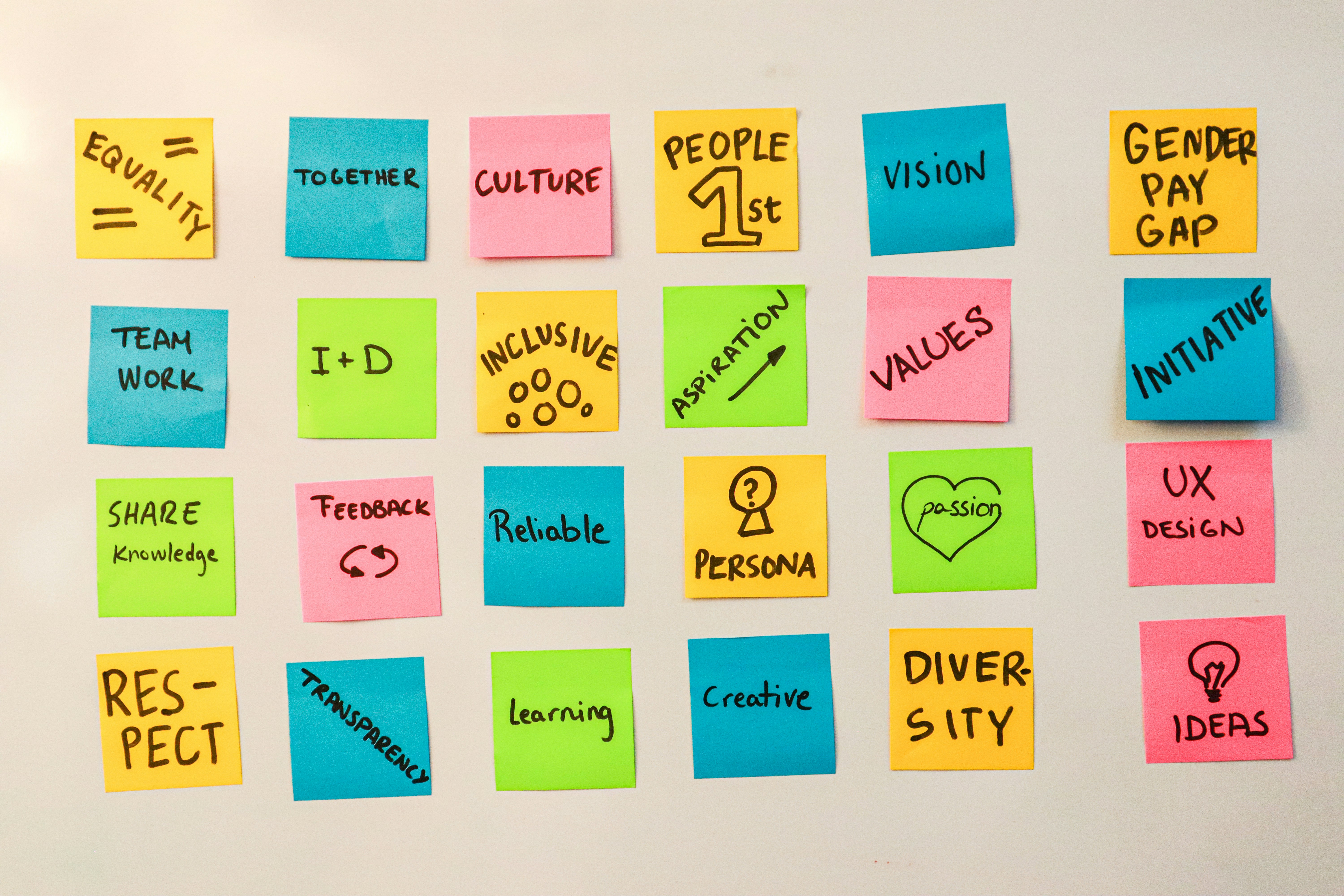Skill Up Smarter: Building Effective Teams for Development and Growth

In today’s fast-paced work environment, professional development can’t be left to chance and neither can team formation. Whether you're building a cross-functional group for innovation or assembling a cohort for leadership training, the success of any development initiative depends on the makeup of the team itself.
That’s where Easy Pairing delivers an edge. By using smart matching algorithms to build skill-diverse, goal-aligned teams, organizations can create learning environments that are both productive and purpose-driven.
Why Team Composition Matters for Growth
Most development programs focus on content delivery—training sessions, toolkits, certifications. But the social and structural context of learning is just as important. When participants are matched with others who bring complementary strengths and compatible working styles, learning accelerates.
Poorly matched teams, on the other hand, can lead to:
- Knowledge silos
- Dominance by experienced voices
- Disengagement from less vocal members
- Unclear roles and objectives
Smart team composition helps ensure everyone contributes and grows.

The Easy Pairing Approach to Team-Based Development
Easy Pairing doesn’t rely on job titles or departments alone. Instead, it collects rich data on:
- Core skills and competencies
- Development goals (e.g., leadership, cross-training, soft skills)
- Work styles and collaboration preferences
- Experience levels and learning needs
- Growth stage alignment
It then uses this data to create balanced, compatible teams, ensuring that each member both contributes and gains from the experience.
Building High-Functioning Cohorts
Easy Pairing supports structured team-building for various use cases:
- Training Programs: Match learners into small groups where mentorship and peer-to-peer learning can happen organically.
- Hackathons and Sprints: Assemble diverse teams with creative, technical, and strategic strengths.
- Internal Mobility Initiatives: Help employees stretch into new roles by learning from peers with different backgrounds.
- Leadership Development Tracks: Create teams with future leaders who challenge and support one another.

Smarter Group Dynamics, Better Outcomes
When teams are formed with intentional design, you get:
- More inclusive discussions
- Higher knowledge retention
- Faster problem-solving
- Deeper peer learning experiences
Participants aren’t just working on tasks—they’re learning from one another’s perspectives and strengthening their own capabilities.
Scalable and Data-Backed
With Easy Pairing, you can scale your team formation efforts across departments, locations, or even global programs. Plus, post-matching feedback and performance data help you refine cohorts over time, ensuring that each round of team formation improves.
Conclusion

The path to professional growth doesn’t stop at individual learning, it’s about creating teams that accelerate that growth together. With Easy Pairing, organizations can skill up smarter by forming development cohorts that are compatible, balanced, and aligned from day one.